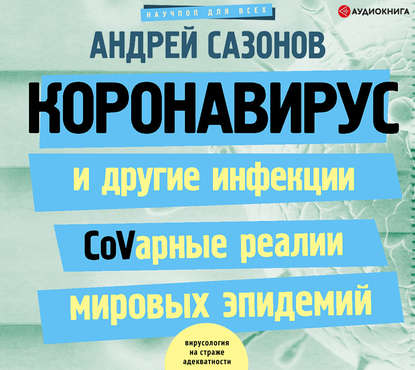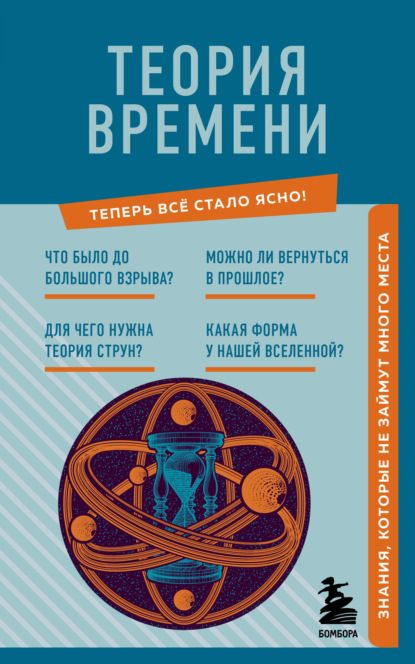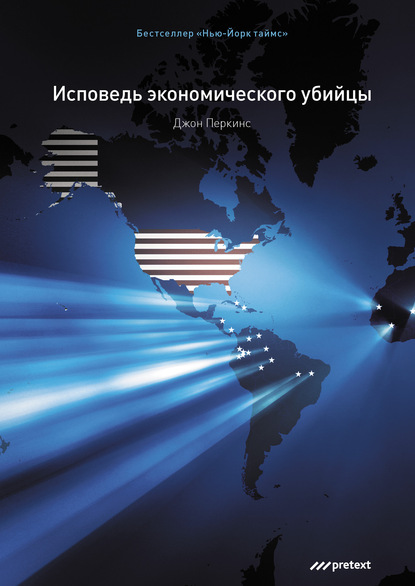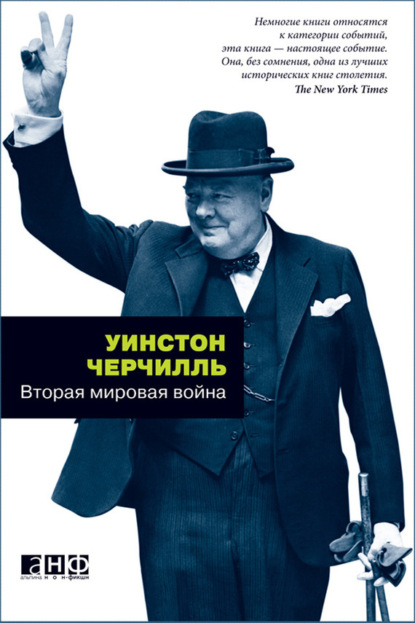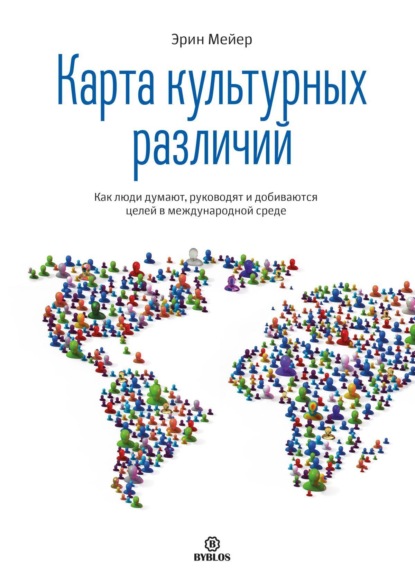20-й век принес значительные улучшения в области общественного здравоохранения и профилактики заболеваний, что, в свою очередь, оказало огромное влияние на нашу жизнь. Успехи в предотвращении инфекций с помощью вакцинации и лечении инфекций антибиотиками привели некоторых к мысли, что инфекционные заболевания остались в прошлом. Однако способность патогенов адаптироваться и появление новых заболеваний представили микробиологам новый набор задач на пороге нового тысячелетия. Отмечая прошлые достижения и подчеркивая возникающие проблемы, эта книга стремится затронуть некоторые вопросы, с которыми сталкиваются микробиологи в будущем. Охватывая широкий круг тем, она станет неоценимым ресурсом для микробиологов и отличным справочником для студентов продвинутого уровня.
In the 2nd edition of his book Fighting Infection (2009), P. Oyston explores concepts and approaches towards investigating the fight against infectious agents, with particular emphasis on current and potential threats in the light of recent events in the history of immunology and microbiology.
"Imagine, if you can animate yourself," Oyston starts, "a race between children and adult men, knowing that the children can not get sore throats, avoid obstacles, or recuperate quickly from damage they may suffer while fetching for water. Adult men may be stronger than orcs, judging by their possibility of keeping distance and stabbing them but these very same adult men can manage no better than wizards bringing back fallen comrades and unfurling spells in defence against their foes' magic attacks." Within a familiar mythical frame that is allegorical in its message, Oyston traces the enormous achievement made in health care over the past two centuries; immunisation becoming able to put imaginary orcs into stupor, while antibiotics have dealth the 'magic attacks' of microorganisms, literally setting adult men free of their otherwise-onerous tasks of healthcare. This optimistic beginning propels readers to take some pride in modern 21-st century achievements. The problems of ones walks of existence that were viewed as aberrations, those unforgivable diseases that often led adult male fantasies to land in a subliminal space of terror, such as scarlet fever, diphtheria or smallpox – or hypothetically that one's body can't possibly fight a setback due to the amount of catecholamines pumping through the body – turn into guests who can now be effectually phased out of the human equation as associated with shallowness, nanarchy and incompetence. Naming every old illness with pride, at the same time, exposes how themselves and members around them have become an extended footnoting to successive technological and scientific developments. Just in time of celebrating the accomplishments of our forebears and outlining the developing problems ahead, Oystons takes his readers behind some of the earthen ruts of questions to be faced by microbiologists for them to struggle with. Similar in spirit to Lyell's age-old statement, he outlines how one should not give up on a hill seeing another one ahead only to find itself embedded in deep mud; every step should be enough of a push as far as one is concerned, and the aim should always be upwards.
Электронная Книга «Fighting Infection in the 21st Century» написана автором P. Oyston в году.
Минимальный возраст читателя: 0
Язык: Английский
ISBN: 9780470695203
Описание книги от P. Oyston
The 20th century has seen improvements in both public health and disease prevention which, in turn, have had a dramatic impact on our lives. Success in preventing infection by vaccination and treating infection with antibiotics led some to believe that infectious disease was a thing of the past. However, the adaptability of pathogens and the emergence of new diseases has presented microbiologists with a fresh set of challenges as we enter the new millennium. While celebrating past successes and highlighting developing problems, this volume aims to address some of the issues facing microbiologists in the future. Covering a wide range of topics, it will provide an invaluable resource for microbiologists and an excellent reference for advanced students.








